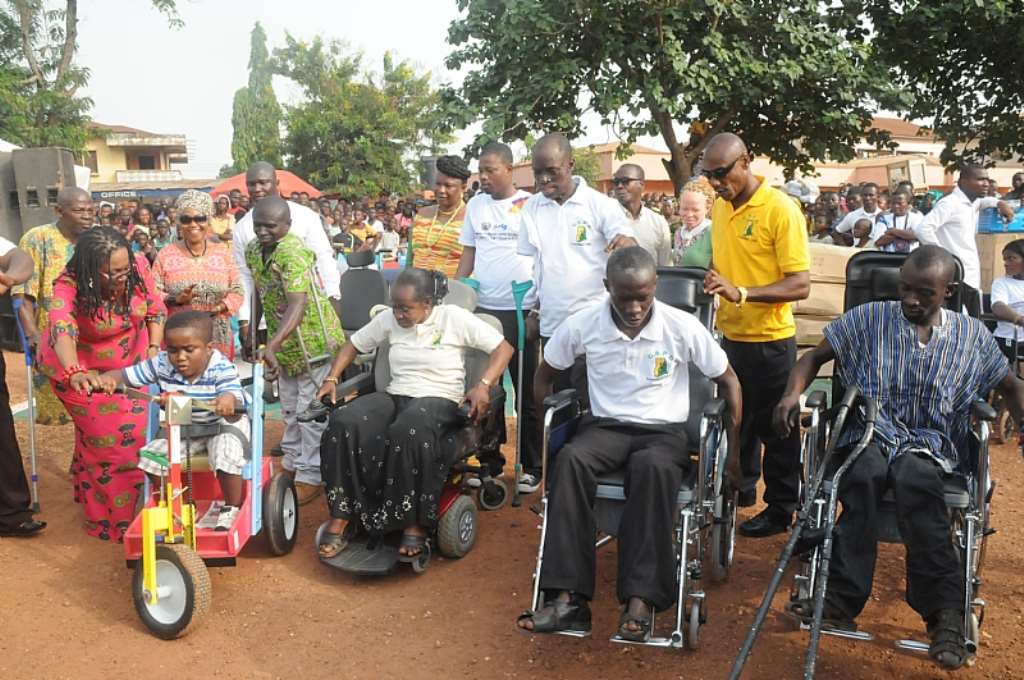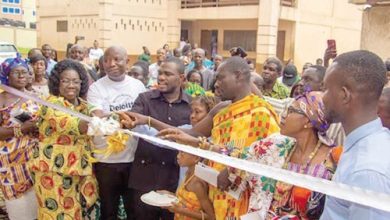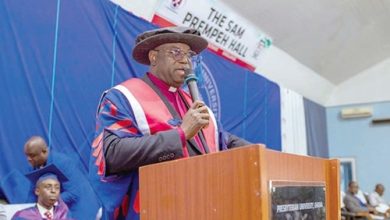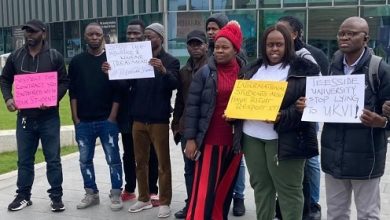Seventeen years after the enactment of the Persons with Disability (PWDs) Act, 2006 (Act 715), which seeks to end discrimination against PWDs, they continue to go through harrowing experiences in accessing public spaces and services.
Abtvgh / PWD’s Act, 2006 / Act 715

Generally, there is lack of access to many public spaces for PWDs in the country which must not be allowed to continue.
Although the Act gave a 10-year moratorium for all public buildings to be made disability-friendly, the premises of many public institutions remain “no go areas” for physically challenged persons after the expiration of the moratorium on August 11, 2016.
Seven years after the expiration of the 10-year moratorium, many Ministries, Departments and Agencies (MDAs), academic institutions, health installations, faith-based organisations and other essential service providers have failed to make their premises disability-friendly.
And more than importantly the position of the supreme law of the land is quite clear.
Article 29(1) (8) of the 1992 Constitution of Ghana makes provision for the inclusion, protection and participation of PWDs in the socio-cultural and economic activities of the country.
Ghana adopted a national disability policy in 2000, which provided the framework for the drafting of the National Disability Law, Act 715 which was passed in 2006.
In 2012, the Parliament of Ghana ratified the United Nations Convention on the Rights of Persons with Disabilities with its optional protocol.
The PWD Act 2006, (Act 715), gave a moratorium of 10 years for all public buildings to be made accessible and available to persons with disabilities.
All these laws and international conventions spelt out clearly the legal framework for the protection of the rights of PWDs.
Over the years, many high-rise buildings have sprung up all over the country, especially in the capital city, but no one is checking whether they are conforming to the laws of the country or not.
Although Section Six of the Disability Act (Act 715) states: “The owner or occupier of a place to which the public has access shall provide appropriate facilities that make the place accessible to and available for use by a person with disability,” it is being flouted by property developers.
Last year, the Daily Graphic after 16 years of the Disability Act being in force and six years after the 10-year moratorium to make buildings accessible had expired, surveyed some establishments in the city and other places where it found out that even the Parliament House, where laws are made although accessible to some extent, was still not fully disability-friendly.
Hospitals, MDAs, some banks, including their Automated Teller Machines (ATMs), and commercial vehicles were all found not to be disability-friendly.
It is therefore not surprising that in the Thursday, August 24 edition of this paper, we reported that a physically challenged man has threatened court action over a disability-unfriendly court building.
The man threatened to sue the Chief Justice and the Attorney-General if steps were not taken to make the Supreme Court user-friendly for PWDs.
In a letter detailing his intention to sue the state, he said the absence of ramps and bannisters at the stairs to the entrance, coupled with the steep stairs in the building, made it difficult and unfriendly for PWDs to access the building and that, he said, was in direct contravention of the PWD Act, 2006 Act 715.
It is imperative for public institutions and society as a whole to ensure inclusiveness of various segments of the population, particularly the PWDs, in the provision of all social amenities.
It is therefore worrying to state that if the status quo is allowed to continue, it will feed into the general perception that the country has all the requisite laws but there are challenges with their effective implementation.
The paper therefore hopes that it should not be only when the law is tested on the user-friendliness of buildings that the law must begin to work.
It is recommended that conscious efforts must be made to ensure that public institutions that have not yet adhered to the law in terms of making their respective premises disability-friendly are further monitored and encouraged to provide the necessary facilities to ensure inclusiveness in their dealings with the public, particularly the PWDs.



